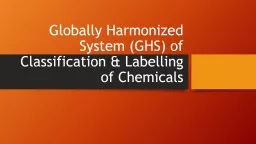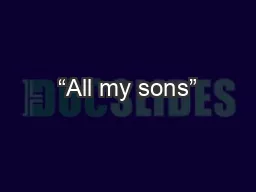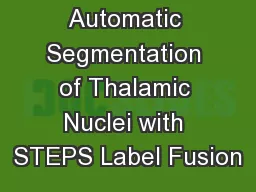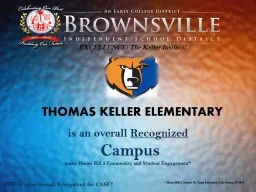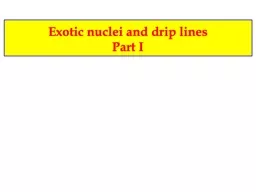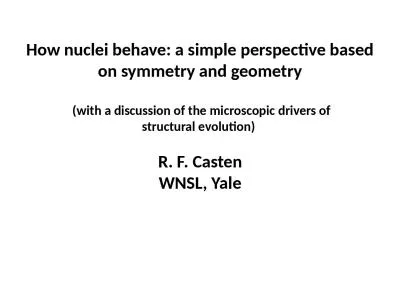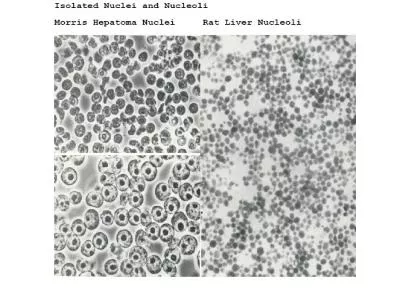PPT-Tracking nuclei using Keller lab
Author : danika-pritchard | Published Date : 2018-01-10
Tgmm software Afnan Azizi aa718camacuk 131216 C ell tracking challenges Various methods of segmentation and tracking Large variability in biological samples Distinguishing
Presentation Embed Code
Download Presentation
Download Presentation The PPT/PDF document "Tracking nuclei using Keller lab" is the property of its rightful owner. Permission is granted to download and print the materials on this website for personal, non-commercial use only, and to display it on your personal computer provided you do not modify the materials and that you retain all copyright notices contained in the materials. By downloading content from our website, you accept the terms of this agreement.
Tracking nuclei using Keller lab: Transcript
Download Rules Of Document
"Tracking nuclei using Keller lab"The content belongs to its owner. You may download and print it for personal use, without modification, and keep all copyright notices. By downloading, you agree to these terms.
Related Documents

